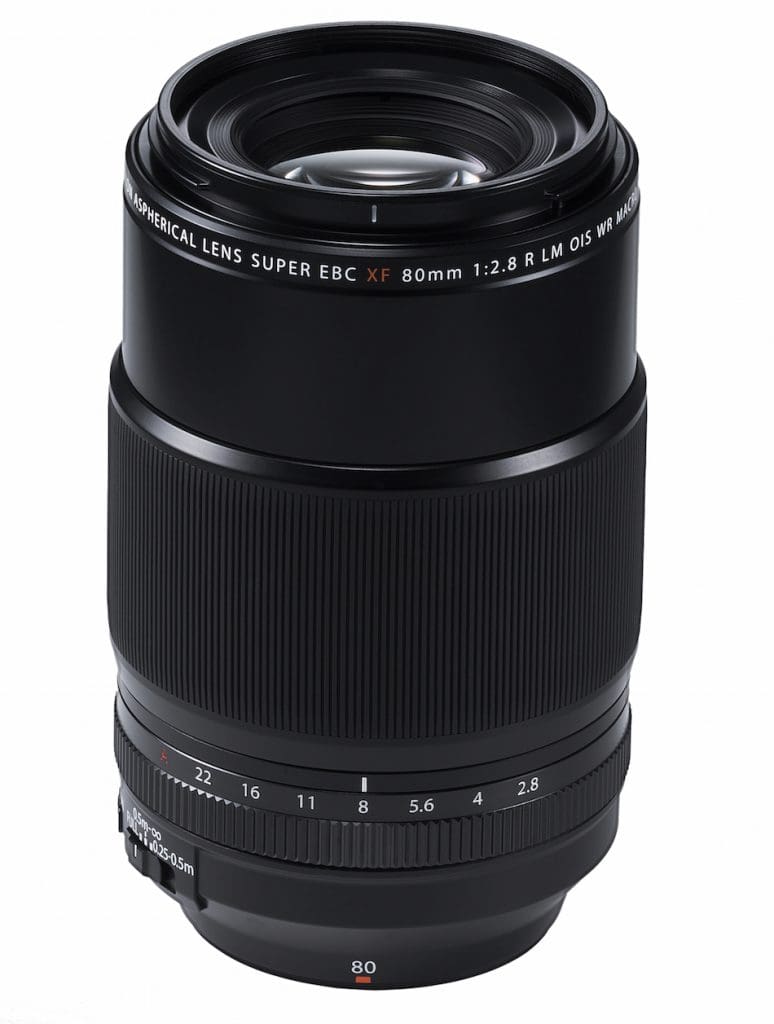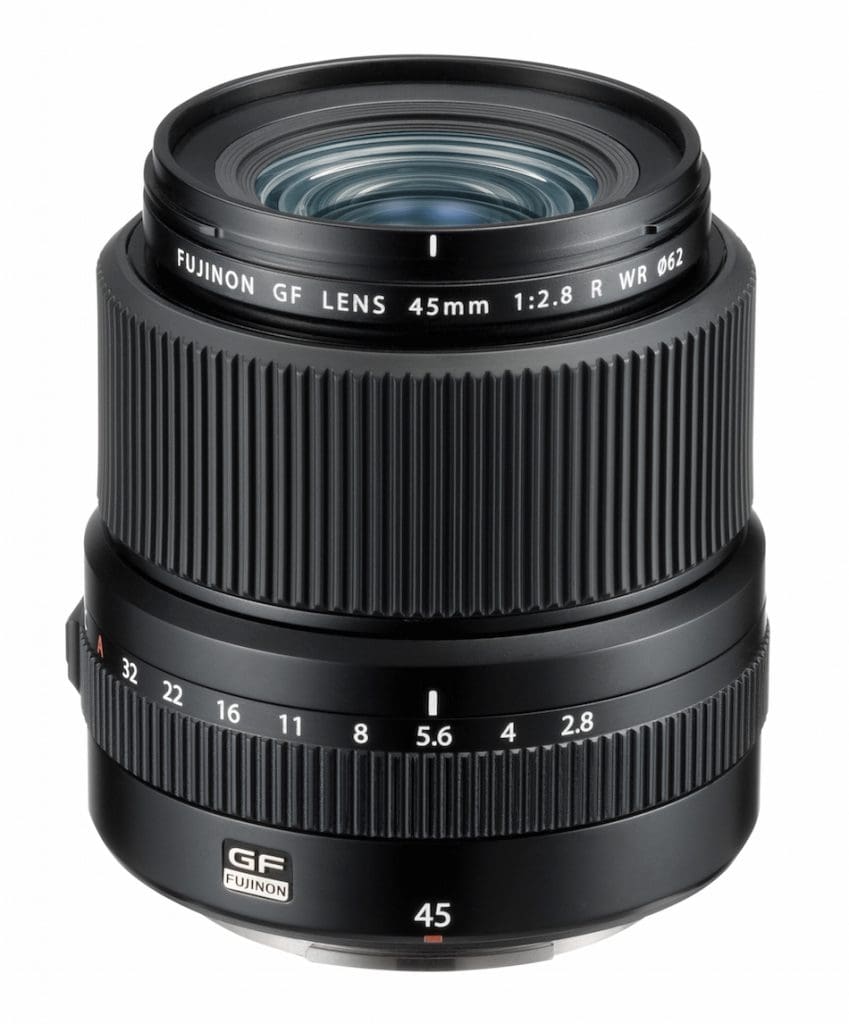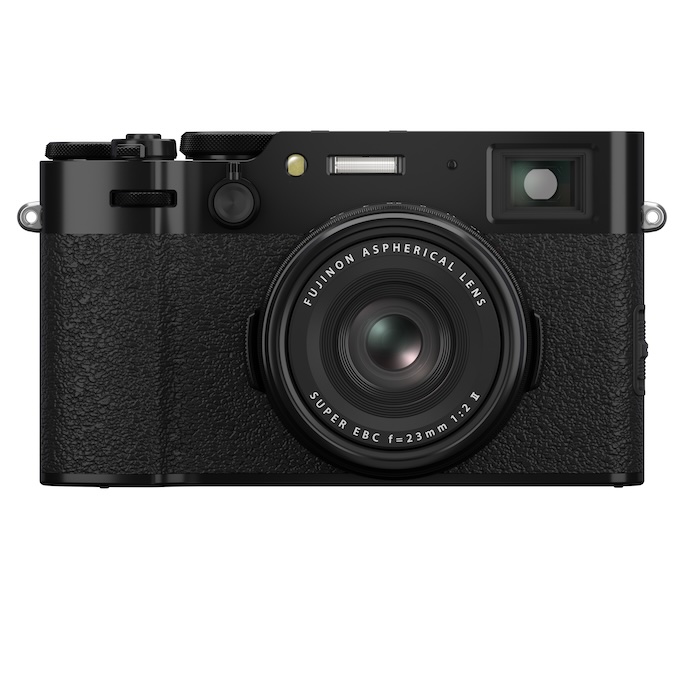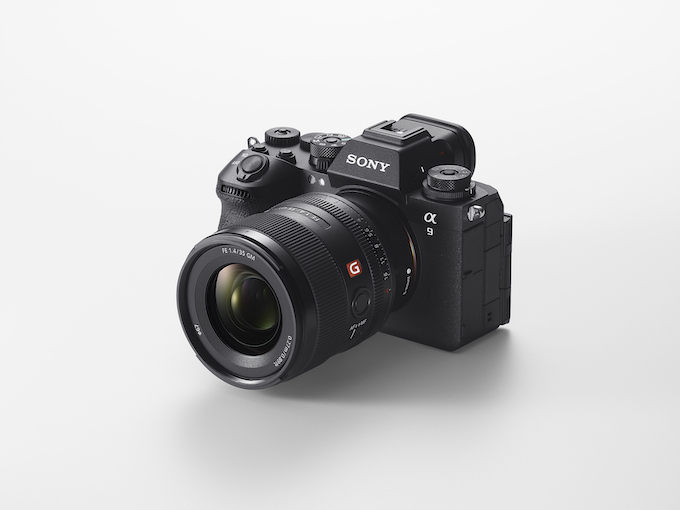Cameras
Fuji X-E3 Mirrorless, Macro Lens and Medium-Format Lens
September 7, 2017
Fuji is going full throttle into fall with a slew of new products and firmware upgrades for existing models to give them powerful new features.
X-E3
The newest member of Fuji’s X-series of mirrorless cameras boasts several firsts for the company’s camera line.
The Fujifilm X-E3 is the first Fuji camera to use Bluetooth Low Energy to maintain a constant connection with a paired smartphone and will automatically transfer images to your phone as you shoot them. It also features a new image-recognition algorithm to enhance AF tracking on moving subjects. Thanks to the algorithm, the camera can track subjects half the size or moving twice as fast as previous cameras.
Also new is a touch display that enables you to assign camera settings to swipe gestures (swipe right, left, etc.). The 3-inch display also supports touch focusing.
The X-E3 uses a 24.3-megapixel X-Trans CMOS III image sensor with a native ISO range of 200-12,800 (expandable to 100 and 51,200). It can record 4K/30p video for up to 10 minutes at a clip with clean HDMI output. Full HD video can be captured at up to 60p and you can use the camera’s film simulation modes while recording.
The camera can burst at up to 14fps using an electronic shutter or at 8fps using a mechanical shutter.
On the design side, the X-E3 features a focus lever to assign AF points. It’s also the most compact and lightweight model with a viewfinder in the X Series.
Additional features include:
- 0.4 sec. startup time
- 1/4000 mechanical shutter
- 1/32,000 sec. electronic shutter
- Shutter time lag of 0.050 sec.
- Shooting interval of 0.25 sec.
It will ship later this month for $900. It is available for pre-order now.

FUJINON XF80MMF2.8 R LM OIS WR MACRO LENS
Speaking of firsts, the new XF80mmF2.8 R LM OIS WR Macro Lens is, you guessed it, the first 1.0x magnification mid-telephoto macro lens in the X Series.
Fuji says a Floating Focus System reduces aberration while optical image stabilization delivers up to five stops of correction, per CIPA standards.
It uses fluorine coating on the front element for easier cleaning and is dust and weather resistant. It is compatible with the XF1.4x and XF2.0x teleconverters.
The new XF80mmF2.8 R LM OIS WR lens will be available in November for $1,200. It is available for pre-order now.
UPDATED X MOUNT LENS ROADMAP
Fuji owners can expect two new lenses in the coming months: a wide angle zoom lens XF8-16mmF2.8 R LM WR and a telephoto prime lens XF200mmF2 R LM OIS WR. Availability was not announced.
NEW FIRMWARE
Owners of the X-Pro2, X-T2, X100F and X-T20 cameras can expect new firmware in November and December. Fuji promises a “dramatic improvement” to the AF-C tracking algorithm when in zone and tracking AF modes, plus 4K video support, computer tethering and improvements to how the touchscreen displays work.
Here’s a look at what you can expect:
X-Pro2: V.4.0
1. Addition of 4K video mode using Film Simulation modes (excluding HDMI output for recording).
2. Supports tether shooting via USB or Wi-Fi using compatible software to enable transfer of images to a computer, or to control camera from the computer.
3. New AF tracking algorithm enhances AF-C to track moving subjects half the size, or moving twice as fast as previous models.
4. Supports FUJIFILM X RAW STUDIO which enables users to convert RAW files with X Processor Pro.
5. Improves radio flash controller usability allowing users to shoot with compatible third party studio flash in high speed sync or TTL mode via their radio controllers.
6. Supports backup and restore of camera settings from one camera to another via FUJIFILM X Acquire.
X-T2: V.3.0
1. New AF tracking algorithm enhances AF-C to track moving subjects half the size, or moving twice as fast as previous models.
2. Supports FUJIFILM X RAW STUDIO which enables users to convert RAW files with X Processor Pro.
3. Improves radio flash controller usability allowing users to shoot with compatible third party studio flash in high speed sync or TTL mode via their radio controllers.
4. Supports backup and restore of camera settings from one camera to another via FUJIFILM X Acquire.
X100F: V.2.0
1. Supports backup and restore of camera settings from one camera to another via FUJIFILM X Acquire.
2. Supports FUJIFILM X RAW STUDIO which enables users to convert RAW files with X Processor Pro.
3. Improves radio flash controller usability allowing users to shoot with compatible third party studio flash in high speed sync or TTL mode via their radio controllers.
X-T20: V.1.1
1. Touch panel operation while looking into the electronic viewfinder.
Medium Format News
Fuji is adding another lens to its growing portfolio of medium format lenses and is readying a firmware update for the GFX 50S medium format camera.
The new FUJINON GF45mmF2.8 R WR (36mm equivalent) weighs in at 17oz. and is dust and weather sealed.
It uses Nano GI coating to reduce flare and ghosting and features nine aperture blades that stop down to f/32. It can focus on objects as close as 45cm with a magnification of 0.14x.

The new FUJINON GF45mmF2.8 R WR lens will ship in November for $1,700. It is available for pre-order now.
Fuji also added a pair of lenses to its GF medium format series roadmap: the GF250mmF4 R LM OIS WR telephoto prime lens (equivalent to 198mm in 35mm format) and the GF1.4X TC WR, a 1.4x teleconverter for use with the GF250mm.
As for the firmware, Fuji says GFX 50S owners should expect it in November. It will enable support for Profoto Air remotes plus support for X RAW Studio to convert RAW files with X Processor Pro.
Additional new features will include:
- the ability to backup and restore of camera settings from one camera to another via FUJIFILM X Acquire
- the addition of “Eye Sensor + LCD Image Display” in View Mode for shooting through the viewfinder and checking images on the LCD
- an ON/OFF for 1/3-step shutter speed adjustment
- the addition of “Shoot Without Card” mode so camera will not shoot without SD card inserted
- the addition of “-6” and “-7” to the EVF’s brightness settings.




